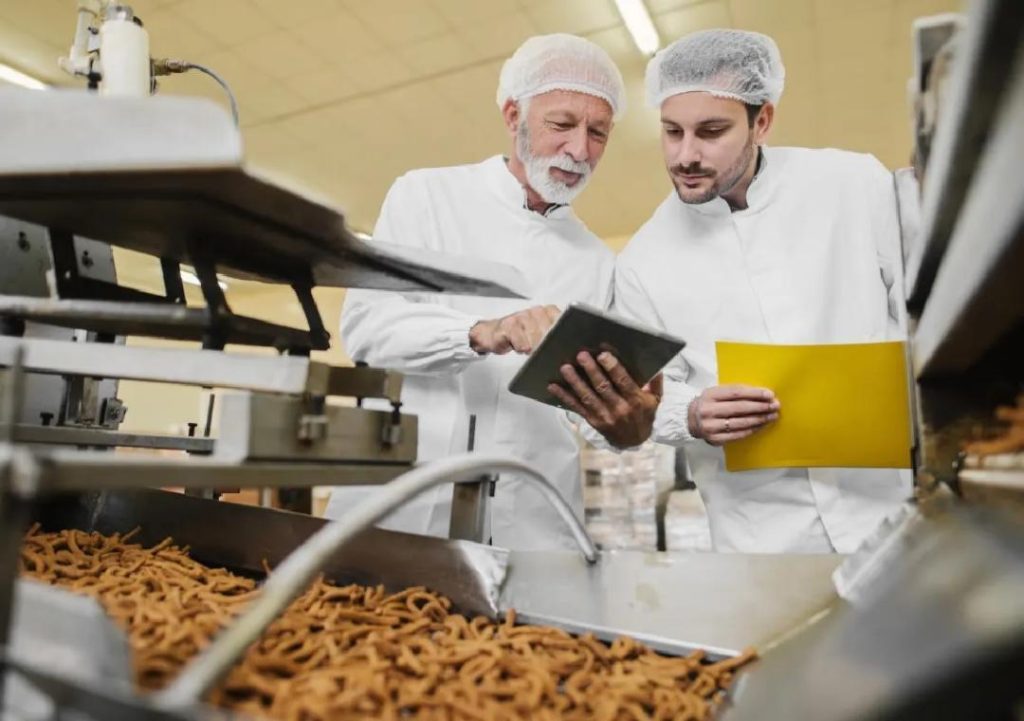
Can P&L Optimisation Redefine Success in Food Technology?
The food technology industry is known for its fast-paced and dynamic nature, with constant changes in consumer preferences, market trends, and supply chain disruptions. In this turbulent landscape, achieving success is not just about producing high-quality food products, but also about maintaining profitability and sustainability. One key strategy that food technology companies are adopting to achieve this success is Profit and Loss (P&L) optimisation.
P&L optimisation involves streamlining P&L operations by leveraging automation, smart inventory systems, and data analytics. By implementing these tools and strategies, food technology companies can cut waste, sharpen demand forecasting, and support better decision-making. In this blog post, we will explore the benefits of P&L optimisation in food technology and how it can redefine success in the industry.
The Challenges of P&L Management in Food Technology
Food technology companies face unique challenges when it comes to managing their P&L operations. One of the primary challenges is managing inventory levels, particularly in the production of perishable products such as meat, dairy, and bakery items. Overstocking can lead to waste and increased costs, while understocking can result in lost sales and revenue.
Another challenge is managing supply chain disruptions, which can occur due to factors such as weather events, transportation delays, or raw material shortages. These disruptions can have a significant impact on profitability, as they can cause delays, increased costs, and lost sales.
The Benefits of P&L Optimisation
P&L optimisation can help food technology companies overcome these challenges and achieve success in the industry. Some of the key benefits of P&L optimisation include:
- Reduced waste: By implementing smart inventory systems and automation, food technology companies can reduce waste and minimize the risk of overstocking or understocking.
- Improved demand forecasting: By leveraging data analytics and machine learning algorithms, food technology companies can improve their demand forecasting capabilities, reducing the risk of stockouts or overstocking.
- Better decision-making: By providing real-time insights and analytics, P&L optimisation tools enable food technology companies to make better decisions, such as optimizing production levels, pricing, and inventory levels.
- Increased profitability: By reducing waste, improving demand forecasting, and making better decisions, food technology companies can increase their profitability and achieve sustainable growth.
Strategies for P&L Optimisation
There are several strategies that food technology companies can adopt to achieve P&L optimisation. Some of these strategies include:
- Implementing automation: Automation can help food technology companies streamline their P&L operations by reducing manual errors, improving efficiency, and increasing accuracy.
- Using data analytics: Data analytics can help food technology companies gain insights into their P&L operations, identify areas for improvement, and make data-driven decisions.
- Implementing smart inventory systems: Smart inventory systems can help food technology companies manage their inventory levels more effectively, reducing waste and minimizing the risk of overstocking or understocking.
- Adopting scalable models: By adopting scalable models, food technology companies can increase their profitability and achieve sustainable growth, even in the face of changing market conditions.
Real-World Examples of P&L Optimisation
Several food technology companies have achieved success by adopting P&L optimisation strategies. For example, a leading food manufacturer implemented a smart inventory system that reduced waste by 20% and increased profitability by 15%. Another company implemented automation in its production line, which increased efficiency by 30% and reduced labor costs by 25%.
Conclusion
P&L optimisation is a key strategy that food technology companies can adopt to achieve success in the industry. By streamlining P&L operations, reducing waste, improving demand forecasting, and making better decisions, food technology companies can increase their profitability and achieve sustainable growth. To achieve P&L optimisation, food technology companies can adopt strategies such as implementing automation, using data analytics, implementing smart inventory systems, and adopting scalable models.
By adopting P&L optimisation strategies, food technology companies can stay competitive in the industry, achieve sustainable growth, and redefine success.






